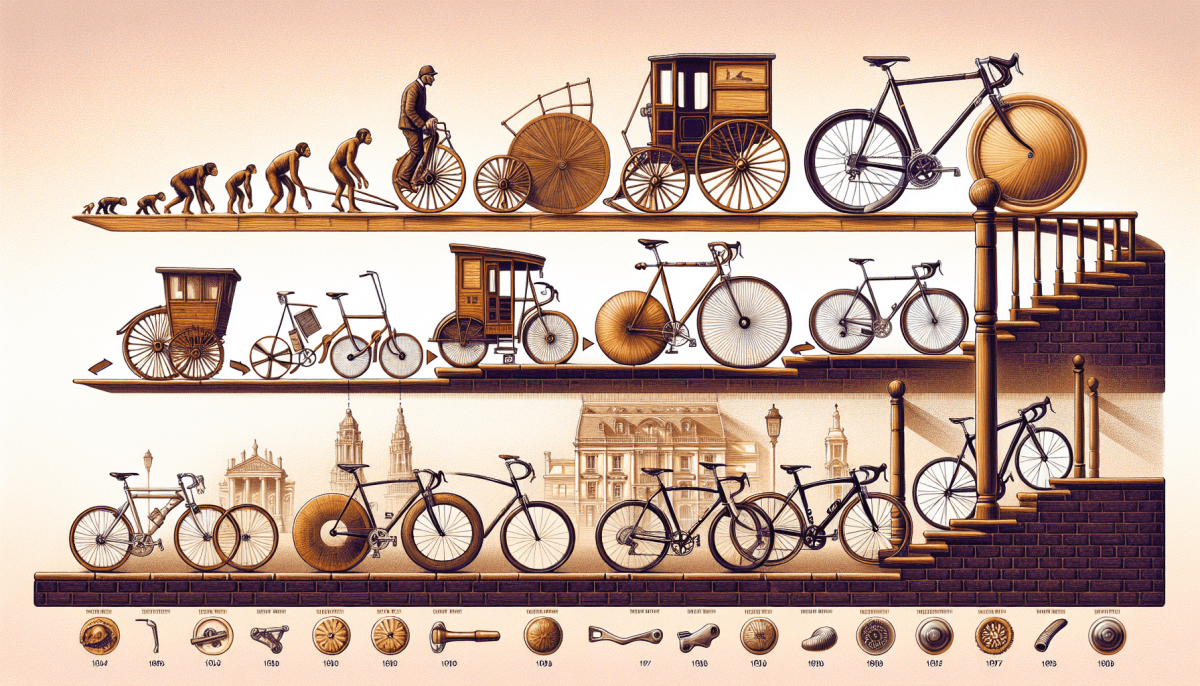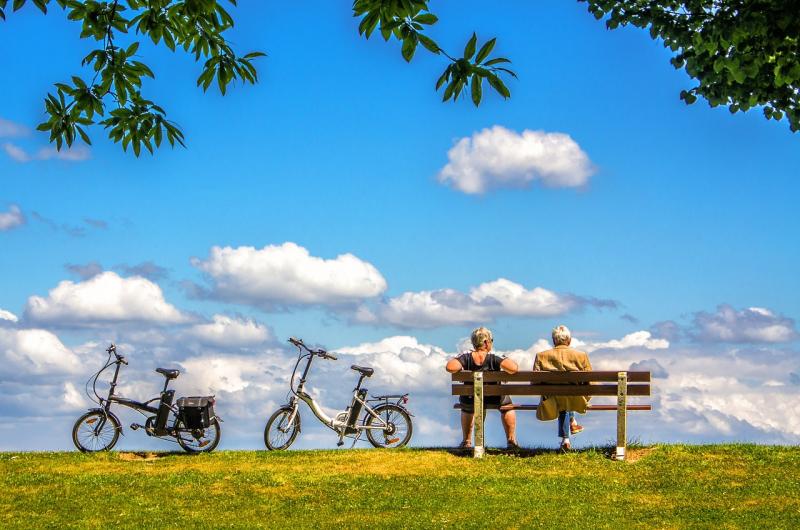Bicycles have come a long way since their invention in the early 19th century. The first bicycle, the "running machine" or draisine, was made in 1817. It didn't have pedals; riders would propel themselves by walking or running. This simple design set the stage for what would become one of the most popular modes of transport worldwide.
Fast forward a few decades, and we saw the rise of the penny-farthing in the 1870s. With its large front wheel and tiny back wheel, it looked quite spectacular but was tricky to ride! The added height made it easier to gain speed, but it also made balancing a bit of a challenge. Despite the excitement around it, riders often took a tumble, leading to the phrase “taking a header.”
In the late 1800s, the safety bicycle emerged, changing the game for cyclists everywhere. With equal-sized wheels and a chain drive, it was more stable and much easier to ride. This design is what we typically think of today when we picture a bike. It opened the doors for more people, especially women, to enjoy cycling as it offered a more comfortable and manageable ride.
As technology advanced, so did bicycles. The introduction of gears in the early 20th century allowed for better speed and efficiency, making long-distance rides a dream come true. Over the decades, we’ve seen the addition of lightweight materials, better braking systems, and even electric motors, giving way to modern bikes that cater to all kinds of riders—from mountain bikers to road racers.
Today, bicycles are more versatile than ever. They come in a variety of shapes and sizes, designed for everything from casual rides around the neighborhood to serious racing. With an ever-growing focus on fitness and the environment, bicycles continue to maintain their popularity, proving that this classic invention has evolved beautifully over time.
Key Innovations That Shaped Cycling
Cycling has come a long way since its early beginnings. Several key innovations have played a vital role in shaping how we ride today. Let’s take a look at some of the most important advancements that changed the game for cyclists everywhere.
First up, the invention of the safety bicycle in the late 1800s was a game changer. Unlike the high-wheel bicycles that required skills and balance to ride, safety bikes had two wheels of equal size, making them much more stable and easier for just about anyone to hop on. This change opened the door for more people to enjoy cycling, leading to a huge increase in popularity.
Fast forward to the 20th century, and the introduction of gears brought a whole new level of excitement. With the ability to shift gears, cyclists could tackle different terrains with ease. Hills became less daunting, and riders could maintain speed and efficiency no matter where they were riding. This innovation made cycling accessible to even more people, from casual riders to serious competitors.
Let’s not forget about materials, either. The shift from heavy steel frames to lightweight aluminum and carbon fiber has revolutionized bike design. Modern materials not only make bikes easier to handle but also enhance speed and performance. Plus, they’ve allowed for more creative designs and styles, which means you can not only ride fast but look good doing it!
Lastly, technology has stepped in with features like smart helmets and cycling apps. These innovations keep cyclists safer and more connected. Whether it's tracking your rides, getting directions, or even staying in touch with friends, we’ve come a long way from the simple two-wheeled commuter. These advancements show just how far cycling has come and hint at an even more exciting future ahead!
Influence of Bicycles on Society
Bicycles have made a huge impact on society, changing the way we think about transportation, fitness, and even social interaction. When the first bikes hit the roads, they weren’t just a new mode of getting around; they symbolized freedom and independence, especially for women. Imagine the thrill of riding a bike for the first time, feeling the wind in your hair while you explore your neighborhood. It really opened up a world of possibilities.
As bicycles gained popularity, they became a powerful tool for social change. The suffragette movement in the late 19th and early 20th centuries embraced bikes, using them to travel to rallies and spread their message. Riding a bicycle not only empowered women but also challenged traditional roles in society. Suddenly, women weren't just stuck at home; they were out and about, advocating for their rights.
Bicycles also played a role in urban development. With more people biking, cities began to design infrastructure that supported cyclists, leading to safer streets and bike lanes. This shift brought a focus on sustainability and healthier living. People started to see bikes as a viable alternative to cars, which helped reduce traffic congestion and pollution. It’s amazing how a simple two-wheeled vehicle can encourage cleaner air and healthier lifestyles!
Today, cycling continues to be a big part of our culture. From local bike shops to community rides, the love for cycling has never been stronger. It's not just a mode of transportation anymore; it’s a hobby, a sport, and a way to connect with others. Whether you’re a casual rider or a hardcore cyclist, there’s a sense of community that comes from sharing this passion. Bicycles have truly woven themselves into the fabric of our daily lives.
Modern Bicycles and Their Popularity
Bicycles have come a long way since their humble beginnings. Today, modern bicycles are not just a mode of transport; they’re a lifestyle choice for many. With an increasing number of people looking for eco-friendly ways to commute, the popularity of bicycles has surged over recent years. Whether you’re cruising down city streets or tackling challenging mountain trails, there’s a bike for almost everyone.
One big reason for their popularity is the variety of options available. From road bikes designed for speed to sturdy mountain bikes built for rough terrains, there’s something to match every rider’s preference. Many people are opting for hybrid bikes that combine the best features of both road and mountain bikes, making them perfect for city riding and light trails.
Electric bikes, or e-bikes, have also played a huge role in attracting new riders. These bikes offer a boost of power, making it easier to tackle hills and longer distances. They’re especially appealing to those who might be hesitant to ride a traditional bike due to fitness concerns. With e-bikes, getting from point A to point B can feel effortless.
Beyond practicality, biking has become a cultural phenomenon. Organized group rides, cycling events, and social media communities celebrating biking have popped up everywhere. People are using bicycles not just for getting around, but as a way to connect with others and explore the outdoors.



